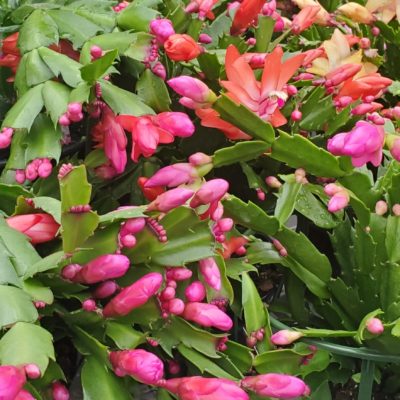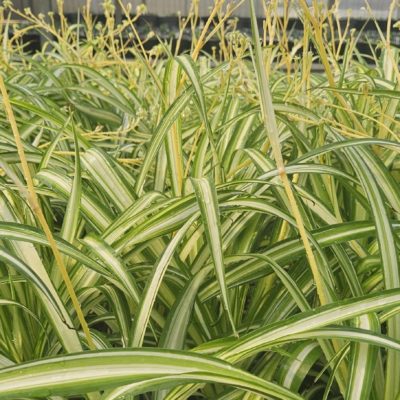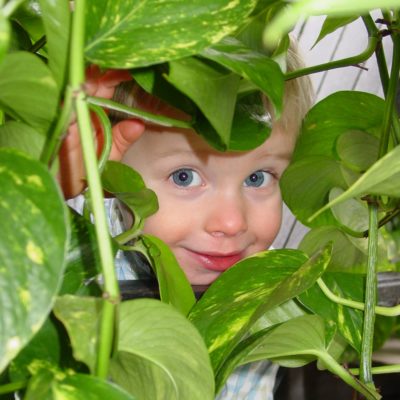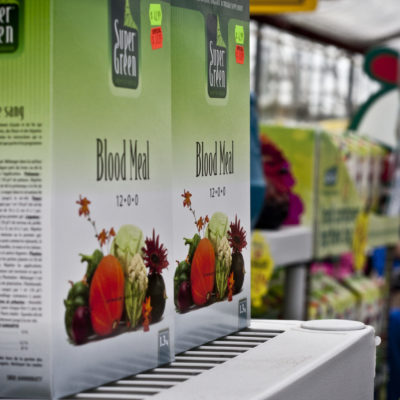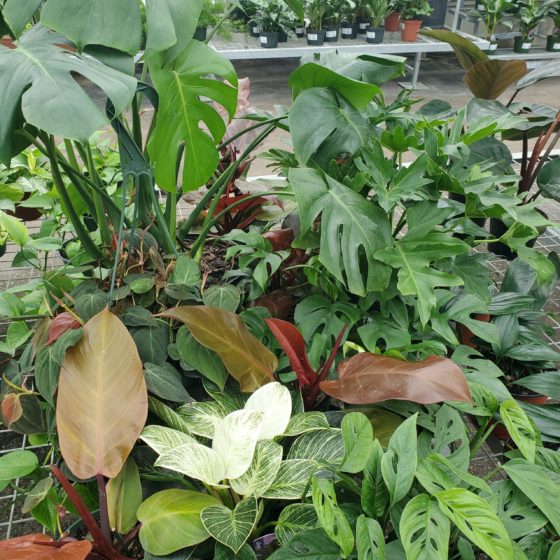
Tropical Houseplant Profile: Philodendron
No doubt about it, you just got to admire a plant that can handle anything from dark corners to bright sunrooms no matter its size or growth habit. And the fact that it’s one of the best tropical houseplants for cleaning the air makes it that much more desirable for the home and office. Whenever customers come into the greenhouse looking for an easy care/low maintenance houseplant and they’re not really sure what kind of sunlight it would get, one of our first suggestions is the Philodendron.
Of course, you don’t really need to take our word for how amazing this plant family is; just look on social media! There are thousands of plant enthusiasts and new home gardeners snapping photos of their giant Split Leaf/Monstera specimens, and showing off the green curtain they’ve achieved with a wall of trailing Philodendron varieties. And speaking of trailing varieties, you won’t believe the colour combinations out there! Not just solid green but tones of yellow, chartreuse, even orange and purple!
Whether you go for a small pot or hanging basket of trailing Philodendron or larger pots of Selloum, most varieties can handle any light location from low indirect light to high light, though they do best in medium light and prefer to have protection from long periods of direct sunlight. They all like to dry out slightly between deep waterings, and would appreciate getting a dose of all-purpose fertilizer every 4th watering. Along with the occasional foliage cleaning, that’s really all the care they require to be happy and healthy. When it comes to easy care houseplants, Philodendrons are some of the easiest available.
Still wondering which Philodendron is right for your space? Here are some of our favourites:
Low Growing / Trailing Varieties: Baby Hope, Birkin, Brasil, Lemon, Micans, Rhapidophora Tetrasperma, Silver Satin, Swiss Cheese.
Upright Varieties: Split Leaf/Monstera, Selloum, Moonlight, Rojo Congo.
Please note: not all varieties will be available at all times as our selection changes constantly and quickly.
Fun Facts about Philodendron!
- They can be found in tropical forests of Central America and the West Indies.
- Philodendrons are believed to have been discovered by European botanists and naturalists since 1644, but the name Philodendron wouldn’t be used as a means to classify this family until 1829 by Austrian botanist, Heinrich Wilhelm Schott.
- There are nearly 500 species of Philodendron, which are then broken into nearly a dozen subspecies including Monstera and Rhapidophora Tetrasperma.
- Some Philodendron species happily share their living space with ants. Up in the tropical canopies, the ants use the plants’ roots to help hold their nests together, while the plant absorbs nutrients from the nests and uses the ants as security against other insects.
- Many trailing varieties are super easy to grow from cuttings! After trimming the tendrils, which also helps keep the plant full and bushy, take any cuttings that have at least 2 leaf nodes (where new leaves emerge from the stem) and place them cut-side down in potting soil. Water your cuttings lightly (they don’t have roots yet to suck up the moisture) and keep them evenly moist until they’ve rooted and are ready for transplanting.

